Description
RDF2601 Assignment 3 (Portfolio) Memo | Due 19 September 2025. All questions fully answered. QUESTION 1 1. In the Foundation Phase, incorporating natural materials into teaching can enhance learning by providing hands-on, tactile experiences. These materials should be cost effective, readily available, and used creatively to support the development of key mathematical concepts such as counting, patterns, and geometry. 1.1. Critique the use of natural materials in teaching mathematical concepts, by discussing their advantages and limitations in enhancing conceptual understanding and learner engagement in the Foundation Phase. Provide examples to support your argument. 1.2. Compare and write about the sustainability of using natural materials versus manufactured materials in resource development. Your response should be expressed in table format, as illustrated below: 1.3. State ONE (1) reason why natural materials are often preferred in early learning activities. 1.4. List THREE (3) steps involved in developing print resources for a FoundatioQUESTION 2 2.1. As a Grade 2 teacher, you have noticed that most of your learners enjoy drawing and colouring, but struggle with oral storytelling. Design and explain the use of a resource, which aligns with the Foundation Phase teaching principles, that integrates learners’ love of art to help improve their oral storytelling skills.n Phase lesson. 2.2. What is the primary focus of Howard Gardner’s theory of multiple intelligences? 2.3. Name THREE (3) characteristics of effective resources for auditory learners. 2.4. Videos are a popular teaching tool because they combine visual and auditory elements, making them particularly appealing for certain learners. However, relying solely on videos may overlook the needs of kinaesthetic learners, or fail to provide opportunities for active participation and experiential learning. Explain how the method of using videos exclusively to teach colours may impact the different learning styles of visual, auditory, and kinaesthetic learners in particular. QUESTION 3 3.The use of recyclable materials in Foundation Phase classrooms aligns with the principles of environmental education and resourcefulness. Look at the recycling activities below and answer the questions that follow. 3.1. What are the THREE (3) primary purposes of using recyclable materials in Foundation Phase classrooms? 3.2. List TWO (2) key safety precautions to follow when using recyclable materials as teaching resources. 3.3. Using fabric scraps in Foundation Phase activities offers opportunities for creativity and tactile learning while also encouraging resourcefulness, but it requires a consideration of practical and safety challenges. Analyse the advantages and disadvantages of using fabric scraps as a resource in Foundation Phase activities. Your response should be provided in table format, as illustrated below: 3.4. A teacher develops a sorting activity using bottle caps or tops of different colours and sizes. Propose improvements to make the activity more engaging. 4.1. Design a reading activity that incorporates multilingual storybooks to enhance reading skills in a multicultural classroom, and briefly explain how your activity will cater to learners from different linguistic and cultural backgrounds. 4.2. A teacher uses puppets to facilitate a discussion about cultural traditions. Discuss how this resource aligns with principles of culturally responsive teaching. 4.3. Define the term “inclusive resources” in the context of Foundation Phase education. 4.4. Identify the main purpose of using culturally responsive resources in classrooms.




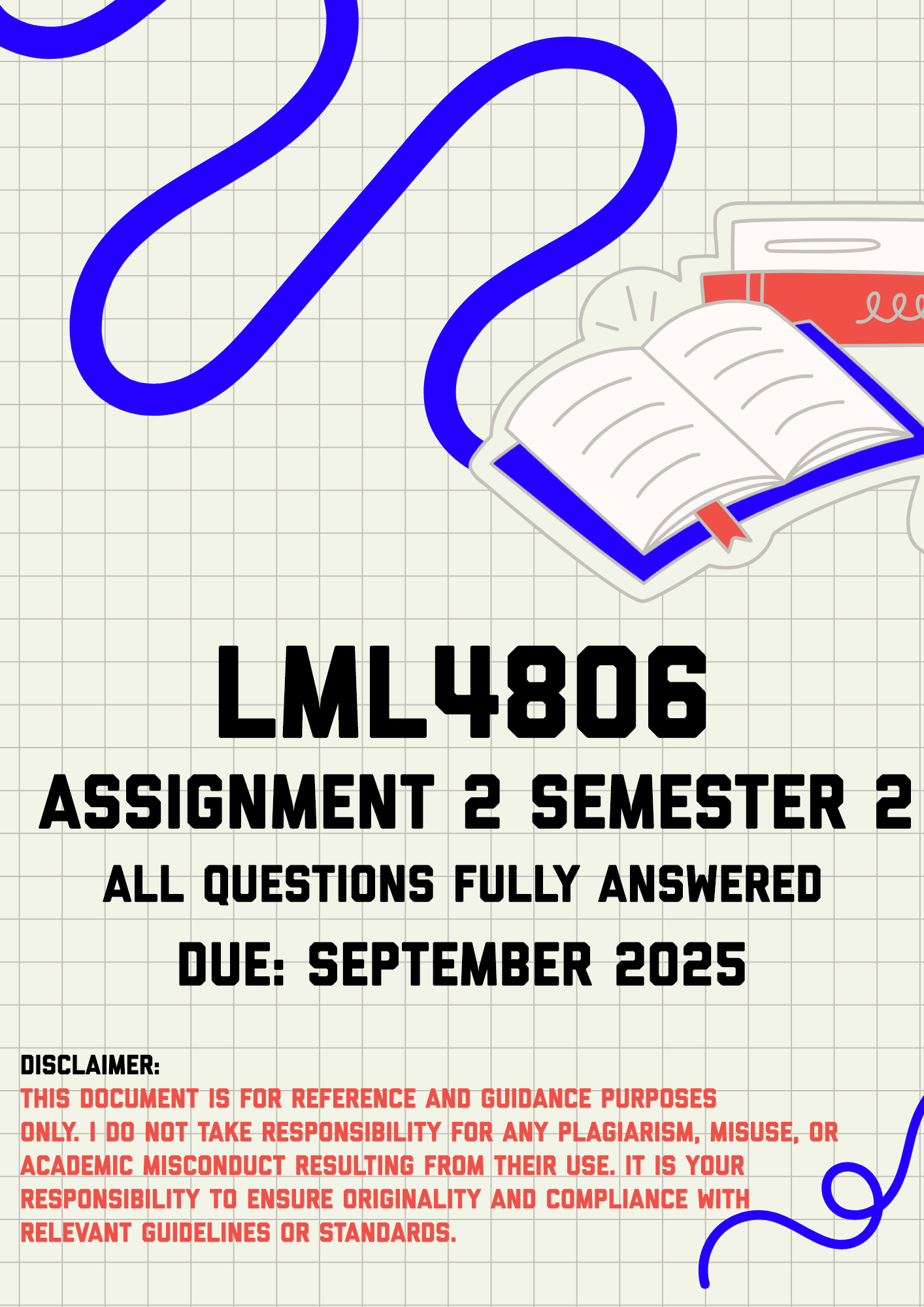
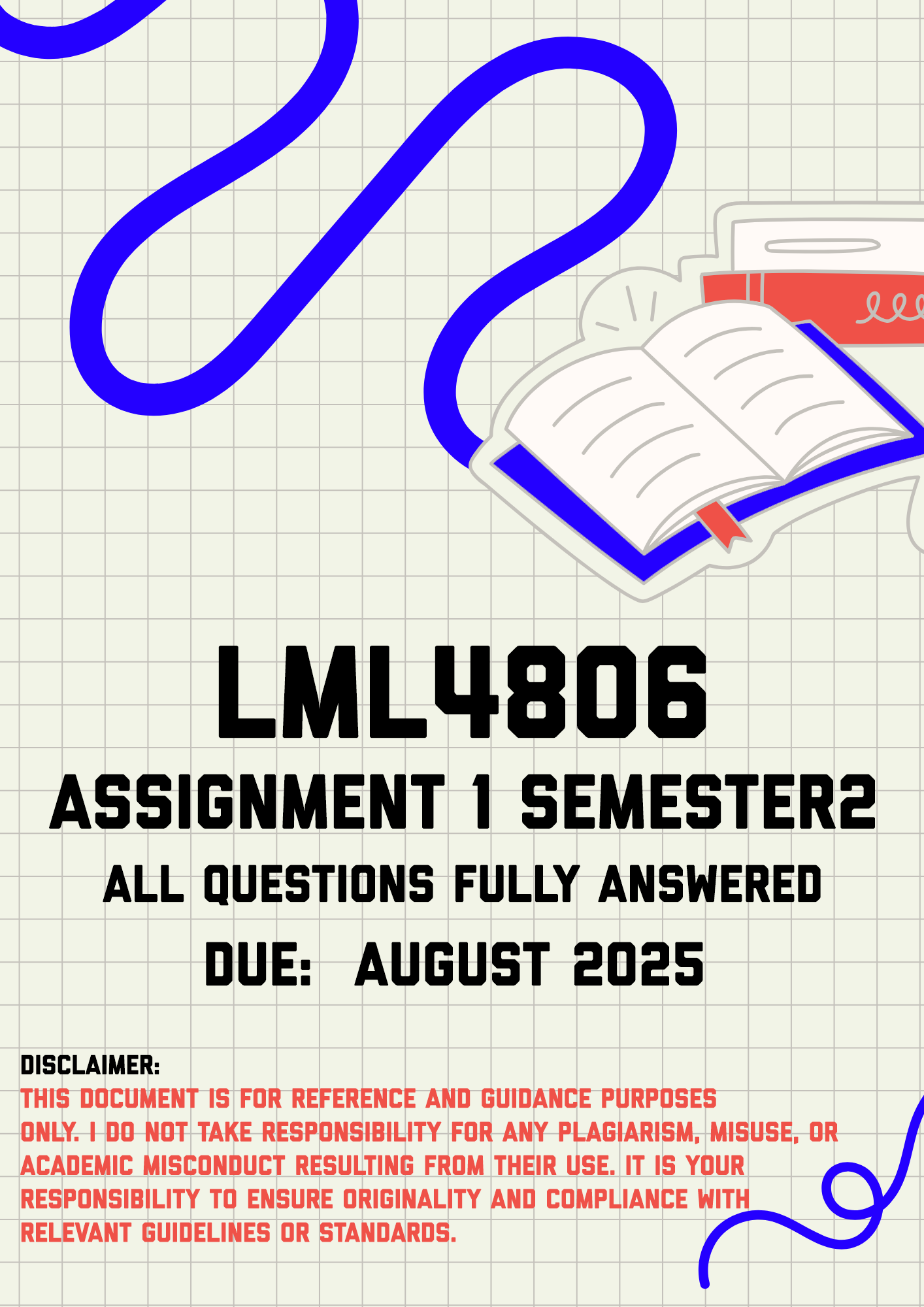
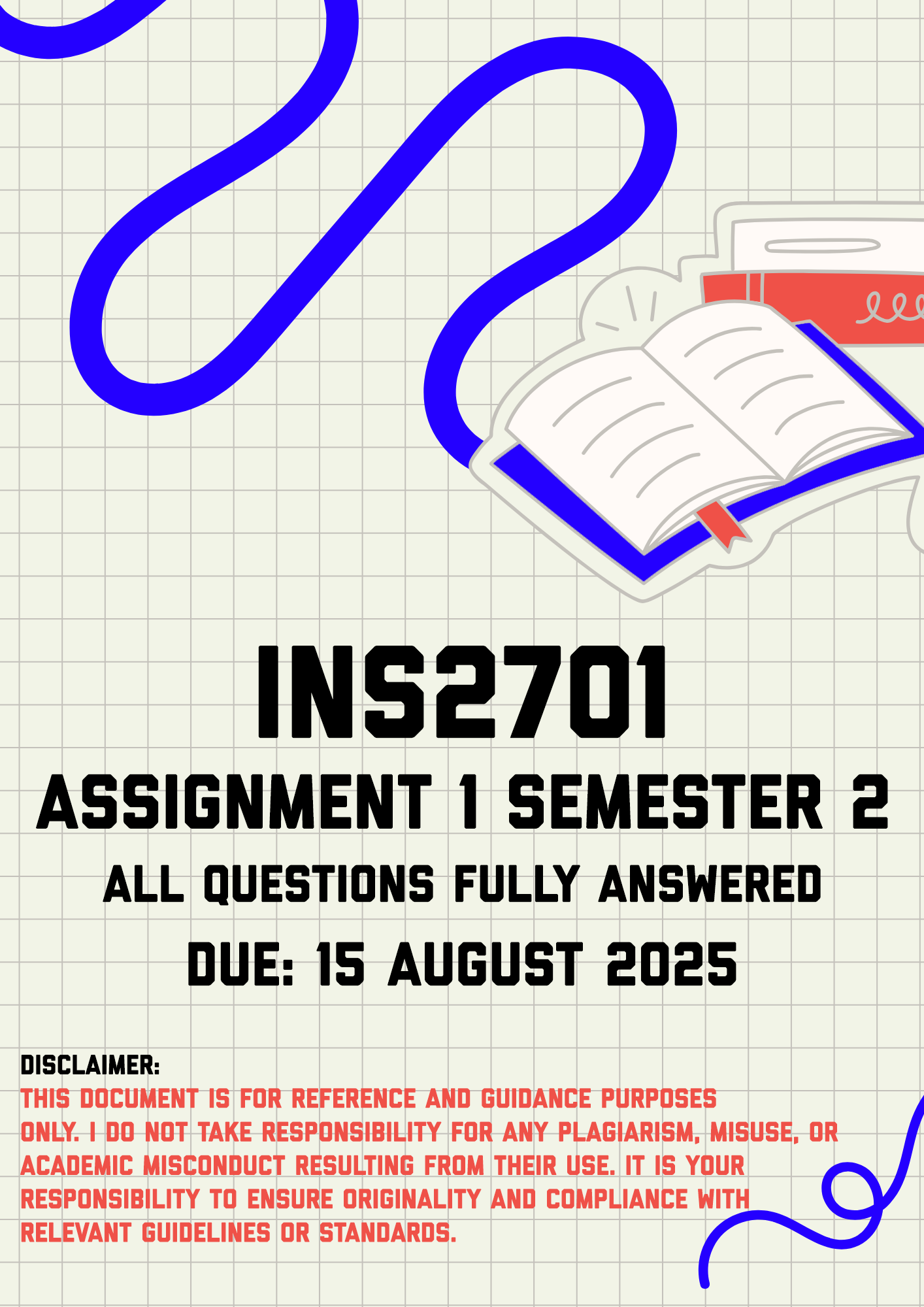
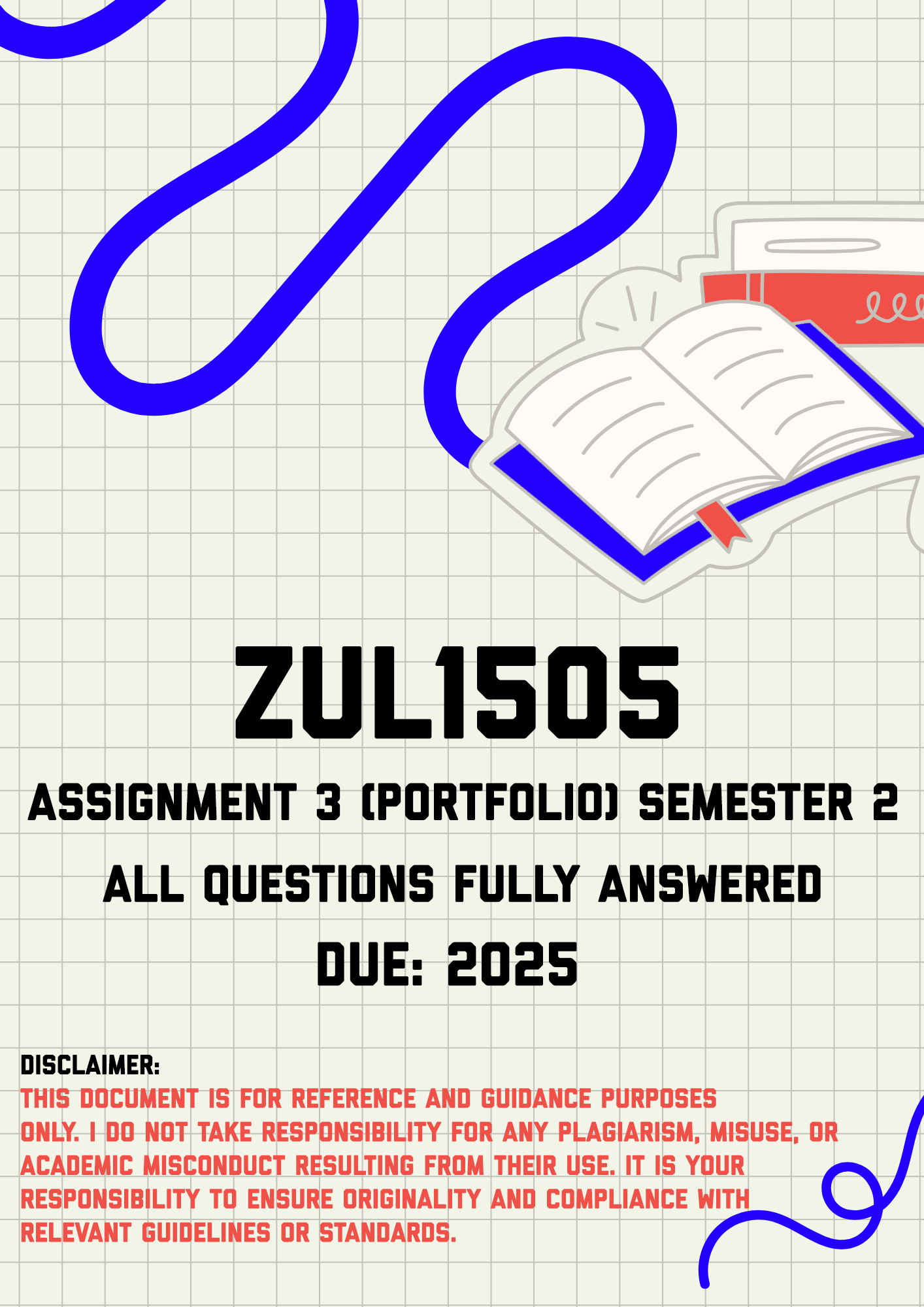
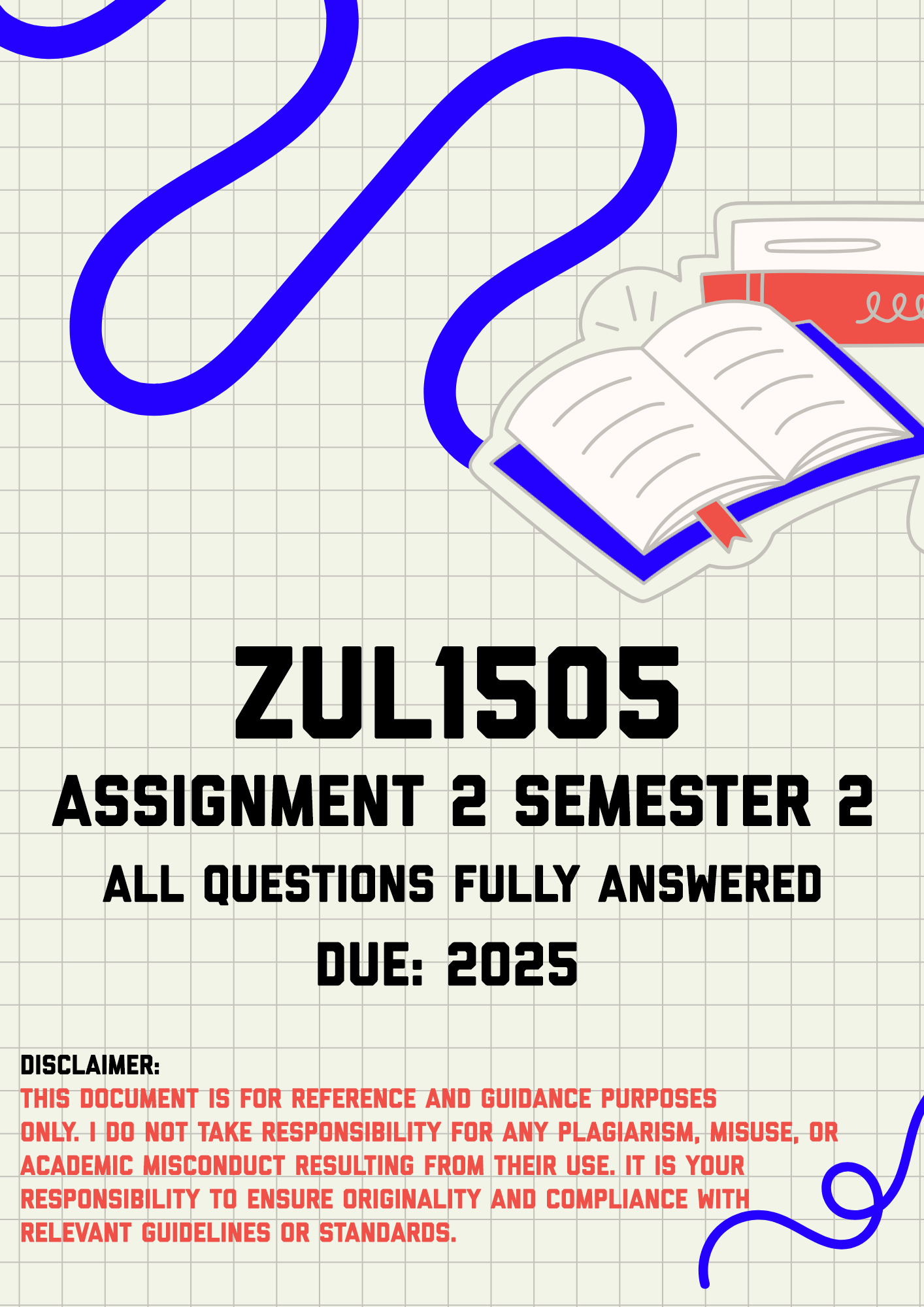
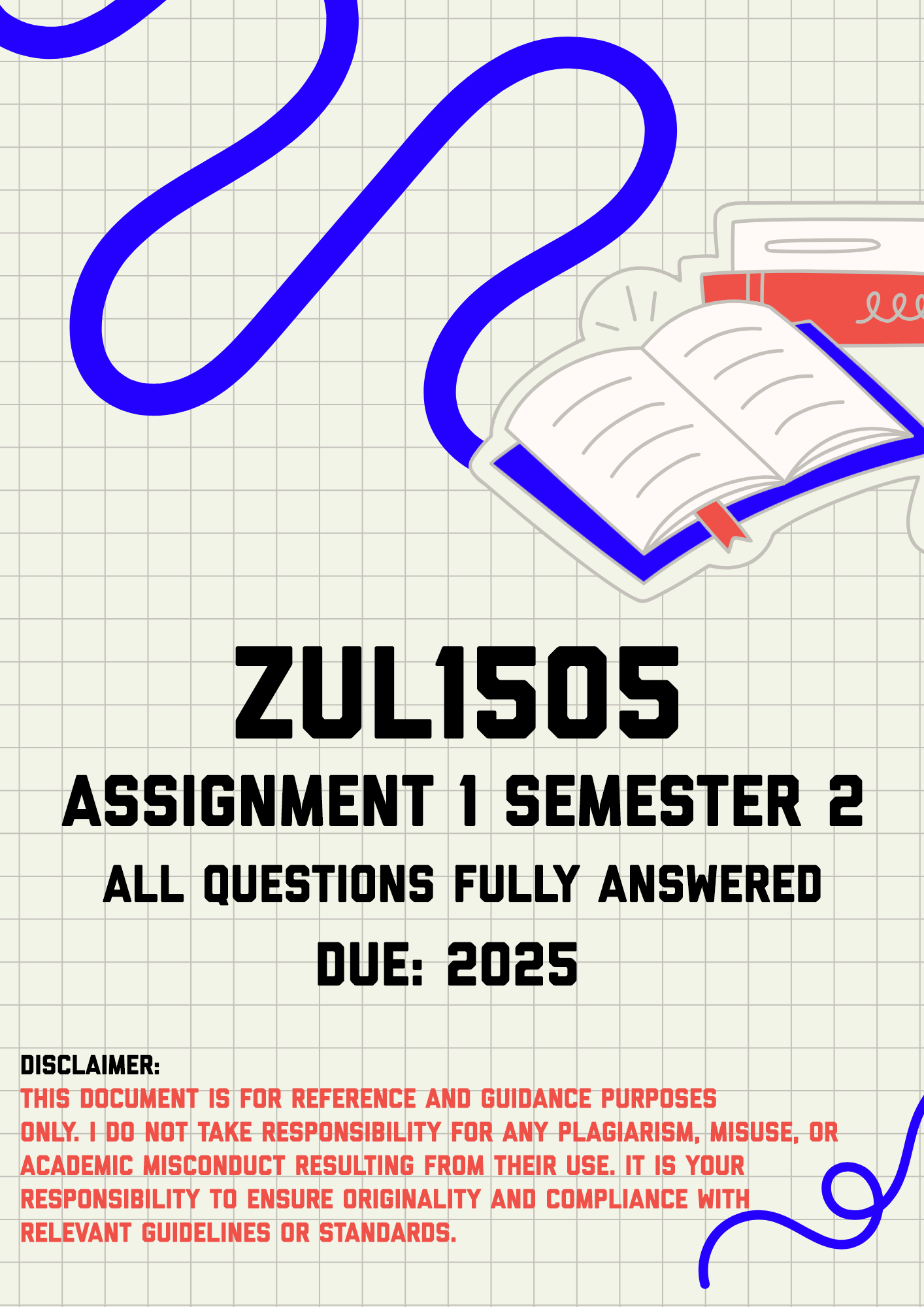
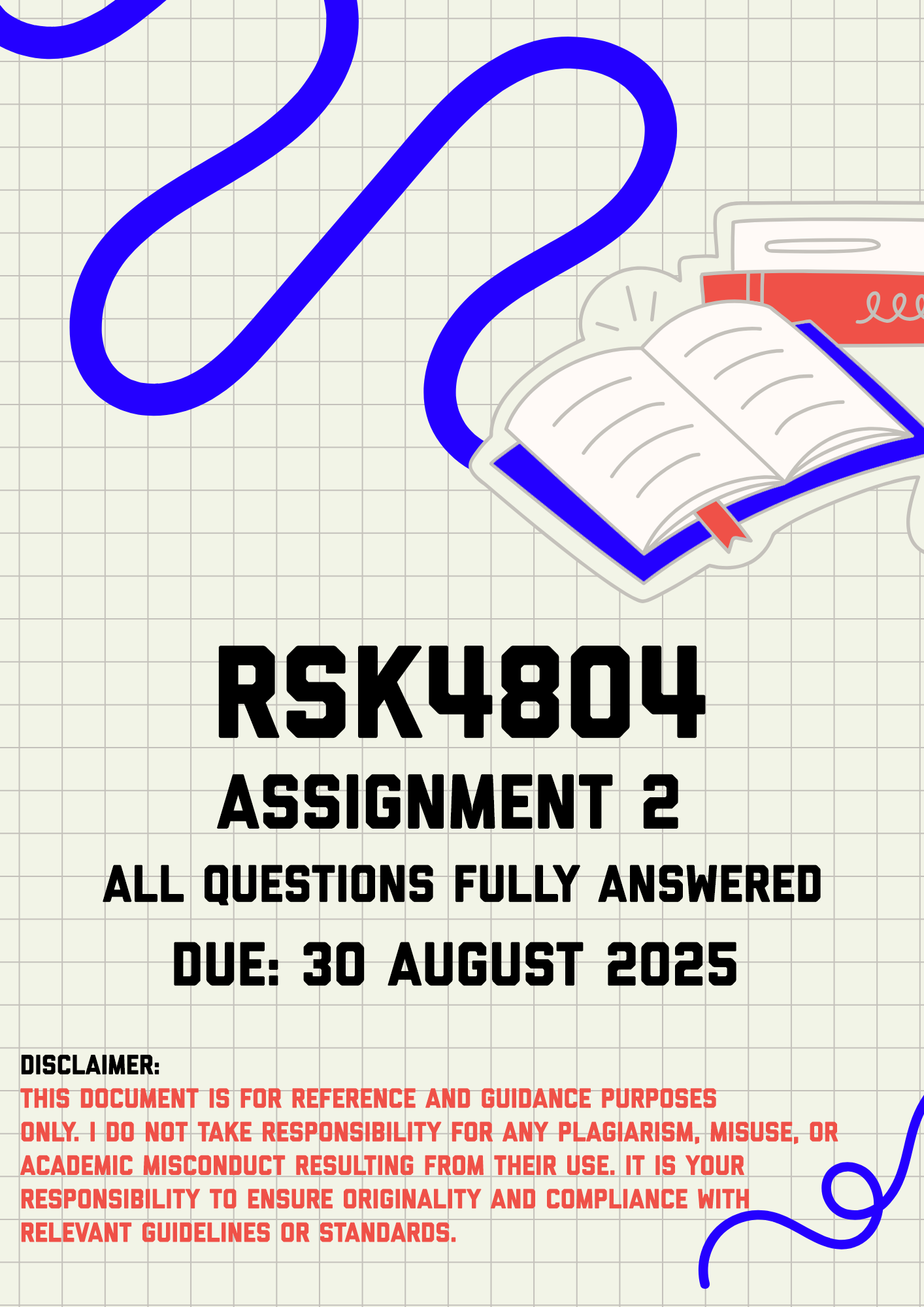



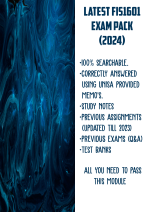







Reviews
There are no reviews yet.